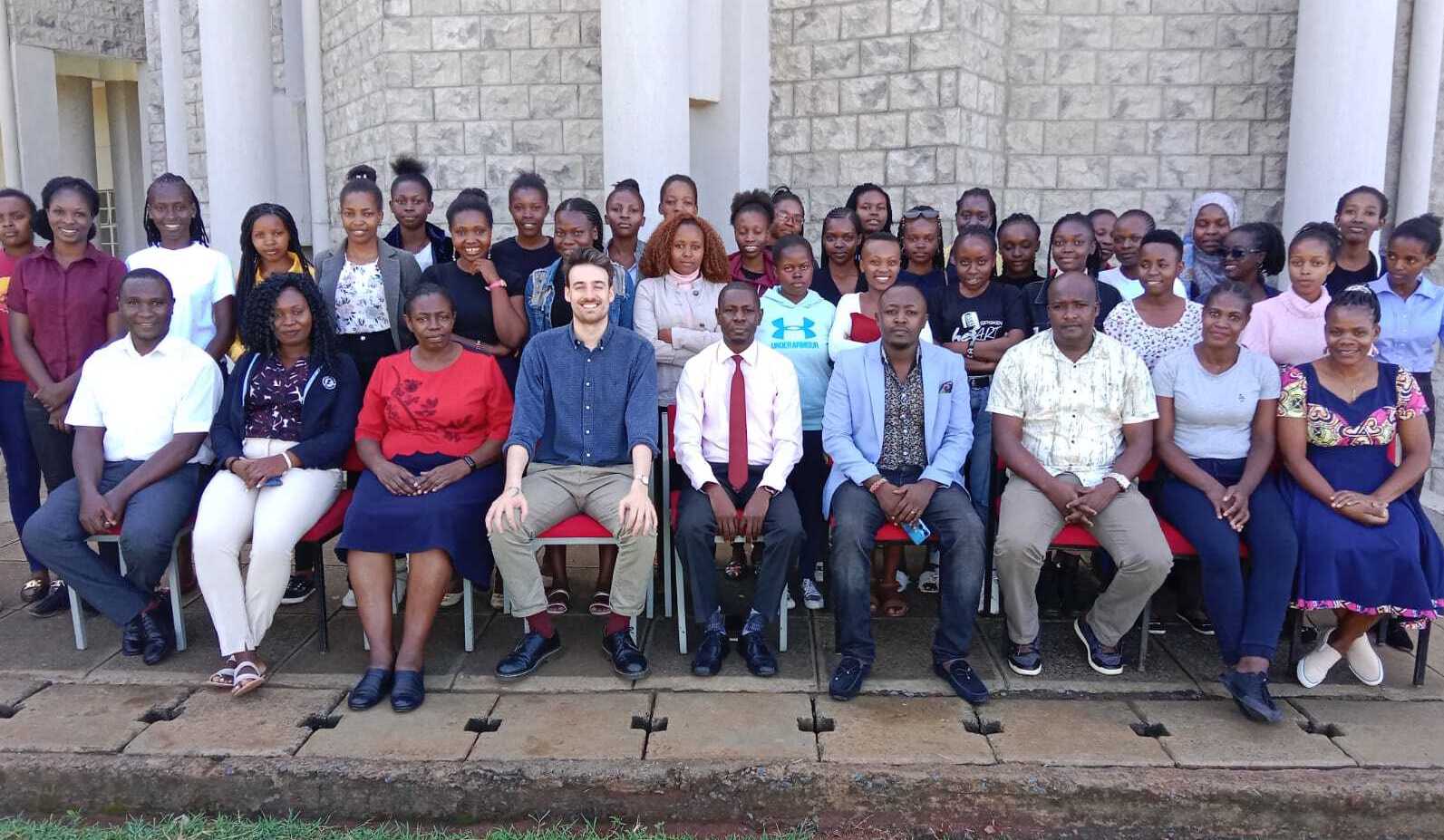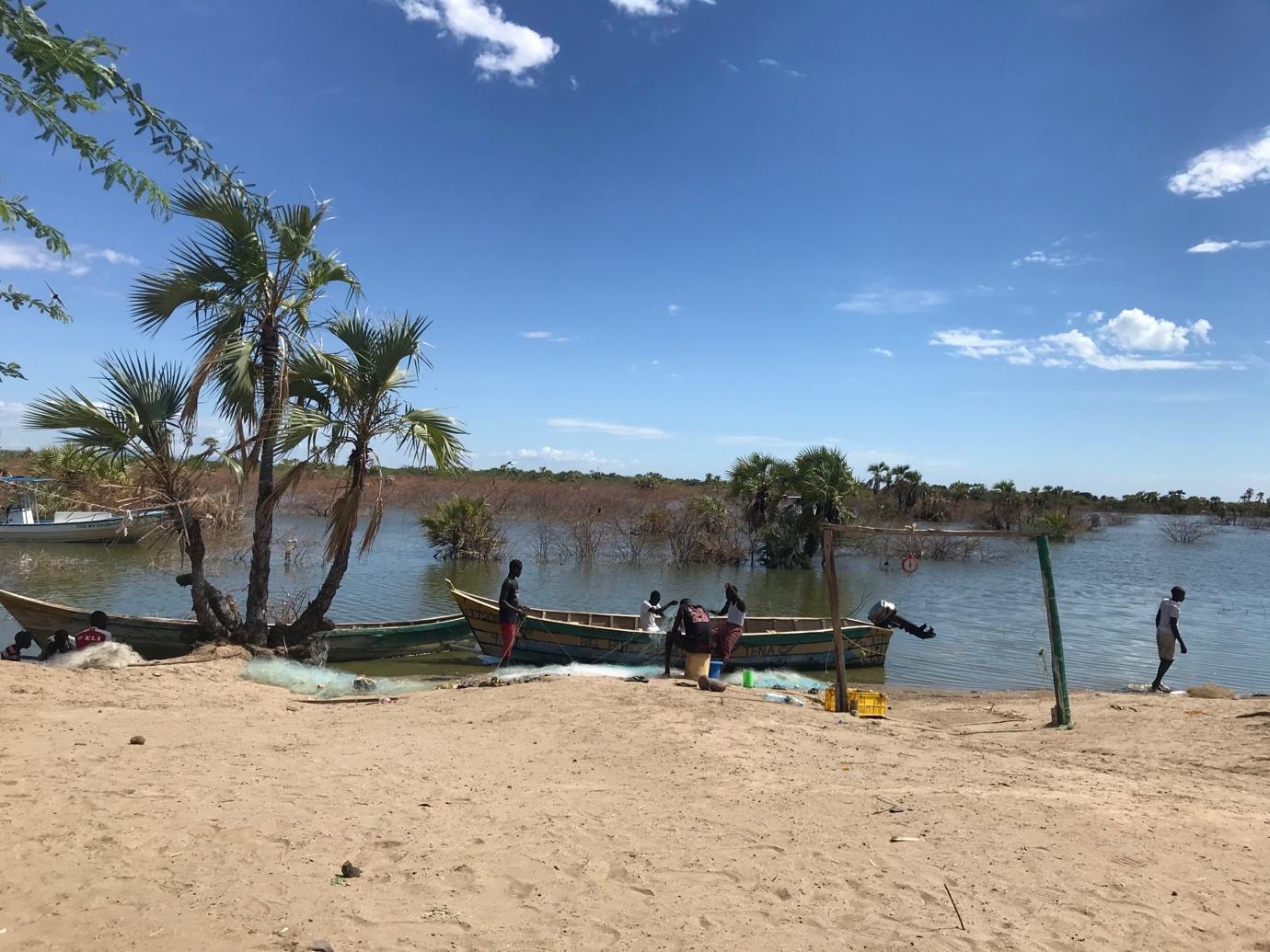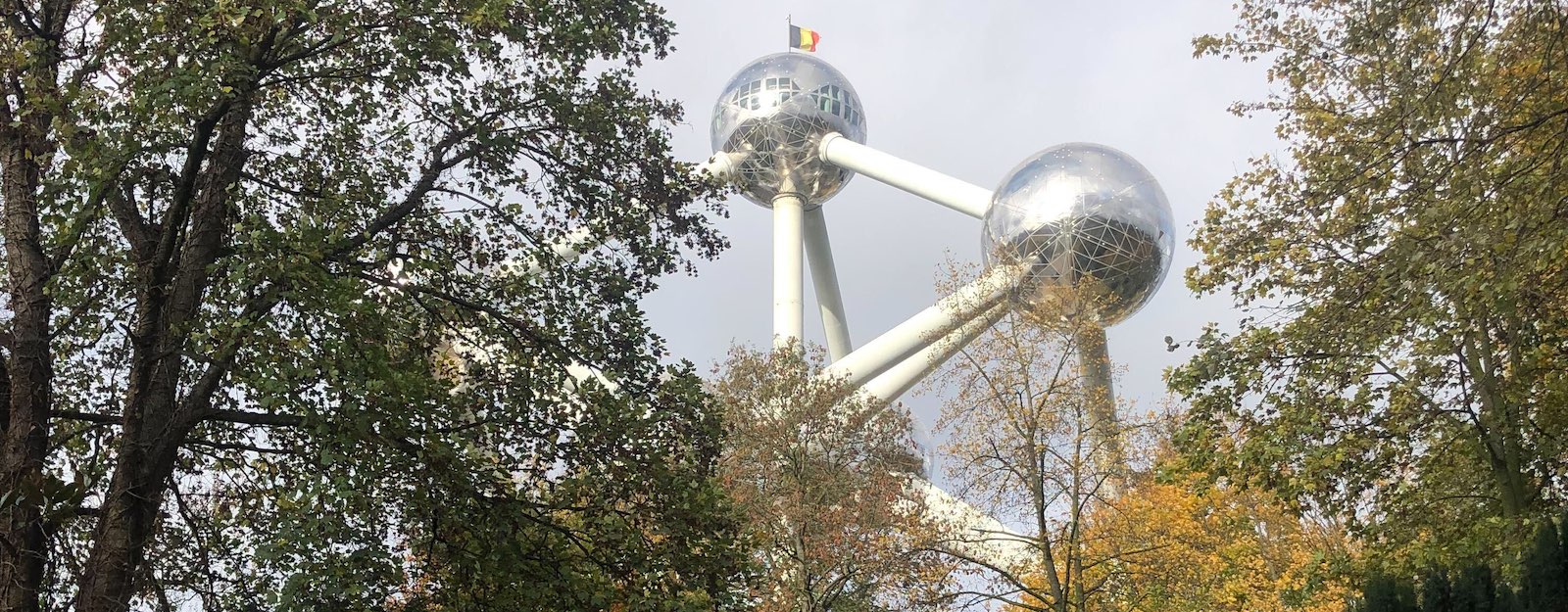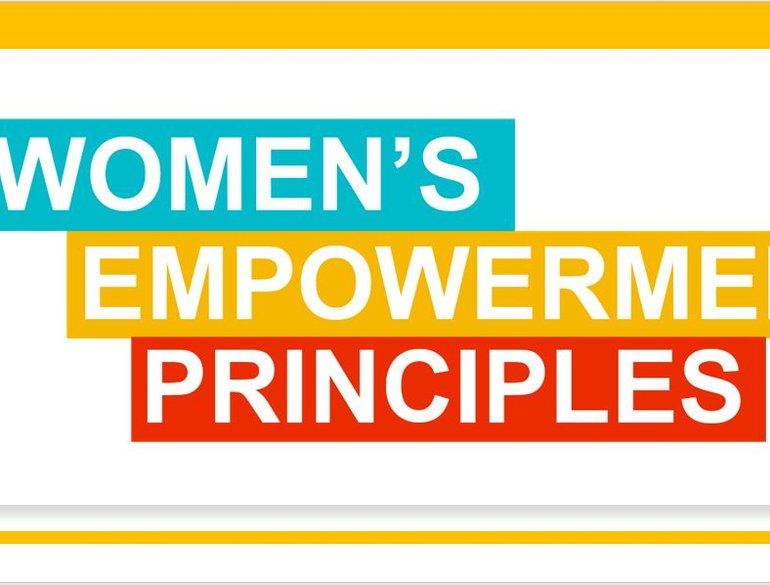Advancing peace responsiveness as external evaluators
Laura Le Ray
6 minute read.
Two members of Bodhi’s team recently participated in the Peace Responsiveness training provided by Interpeace. Through a mix of live sessions and self-learning, the training guided participants through the steps, building blocks and guiding principles of what constitutes peace responsive programming. Interpeace defines peace responsiveness as a holistic approach that:
“seeks to enhance the ability of actors operating in conflict affected or fragile contexts to be conflict-sensitive and to deliberately contribute to peace through their technical programming - in a manner that enhances collective impact, that supports inclusive, gender-responsive and locally-led change and that strengthens societal resilience to conflict and violence.”(Interpeace (n.d.) Peace Responsiveness. Available at: Link.)
The training particularly resonated with our experience as external evaluators, as it highlighted similar shortcomings and best practices to ones we have observed in past evaluations of humanitarian and development programmes. It therefore triggered questioning around the role that we as evaluators can play within the scope of our work to promote peace responsiveness, including practical changes we can make in our evaluation methods, and ways in which we can work more collaboratively with our clients to achieve the most peace responsive outcomes.
Key points around peace responsiveness
Peace responsiveness does not require organisations to widen their mandate and engage directly in peacebuilding work: Building on the idea that peace effectiveness and programme effectiveness are mutually reinforcing, a key message of Interpeace’s conceptualisation of ‘peace responsiveness’ is that peace responsive programming is not about development and humanitarian organisations becoming peacebuilders themselves, implementing dedicated peace activities. Instead, it requires them to think about how their technical interventions, within the scope of their mandates and areas of expertise, can be implemented in a way that can also contribute to peace. This is a useful clarification that can reduce potential resistance to the development of peace responsiveness programming, and that we can leverage to encourage our clients to embrace it.
Applying Do No Harm principles is not equivalent to being peace responsive: While ‘doing no harm’ involves minimising the risk of exacerbating conflict, being ‘peace responsive’ involves an active pursuit towards contributing to peace. In evaluations, it is now standard for clients to include important questions around the extent to which programmes’ activities are conflict sensitive and whether strategies for Do No Harm are in place. However, as Interpeace’s approach encourages, specific lines of enquiry within any evaluation must also be dedicated to assessing the extent to which, and the ways in which, programmes actively contribute to peace. As things stand in the sector, there is an acute lack of ownership of peace responsiveness, and it remains far from being a concept which underpins and informs programming.
Individual agency and small changes make a big difference in advancing peace responsiveness: The training shared empowering examples of small daily practices that individuals can undertake to apply peace responsive principles in their work, and helped us understand how we can play a role in highlighting these best practices in our own work. For example, through key informant interviews with programme staff, we are well positioned to look for, identify and highlight mindsets or practices that contribute to greater peace responsiveness. By shedding light on and valuing small best practices we can contribute to challenging the status quo.
Lessons learned: The role external evaluators can play in promoting peace responsiveness
Assess ‘Coherence’ more meaningfully: Whilst questions related to coherence are often included in evaluation frameworks, assessing how programmes align and synergise with those of other stakeholders, it often represents a more marginal part of an inquiry, in comparison to impact or effectiveness. However, the concept of peace responsiveness insists on the importance of collective efforts to achieve peace responsiveness and highlights the value of questioning coherence more meaningfully. For example, rather than merely assessing whether coordination happened in the form of disseminating programme learnings, evaluations can explore more deeply whether there was intentional planning to create synergies at the onset (joint programming efforts), as well as regular check-ins during implementation. In addition, evaluations of projects can provide an avenue to inquire about coherence at higher strategic levels, including at the portfolio level, for example.
Increase efforts to engage with donors as part of the evaluation process: As external evaluators, we often encounter difficulties in involving the donor, which can lead to an absence of donor voice in evaluations. This can perpetuate a one-way accountability system and prevents assessing the role that donors also have to play in providing an enabling environment for pursuing peace responsive programming, including through valuing adaptive management, and allowing for flexible funding. Pushing for donor engagement in evaluations and adding specific questions related to donors’ relationships with and expectations of implementing partners is therefore a priority in our approach.
Use external evaluations as avenues to trigger strategic conversations around peace responsiveness:Through our evaluations we can also challenge clients, both implementing organisations and donors, to clearly define their organisational commitment, leadership, and capacities on peace responsiveness. We can conduct evaluations in a way that supports learning about adaptiveness and flexibility of internal processes at programmatic and organisational levels. By encouraging these reflections, we hope to support development of internal understandings around what the term means and how it can fit within our clients’ scope of work. In addition, in our report recommendations, we can further advocate focus on areas required for peace responsiveness. For example, we can encourage clients to develop enabling management structures and systems and build the organisational capacities which are required for effective peace responsiveness.
Ultimately, this training has increased our understanding of how external evaluations can intentionally advocate for peace responsiveness, encourage reflections, and support concrete changes towards more effective humanitarian and development programmes that integrate peacebuilding principles and actively contribute to peace within the scope of their interventions.
To find out more about Interpeace's peace responsiveness training, follow this link.











